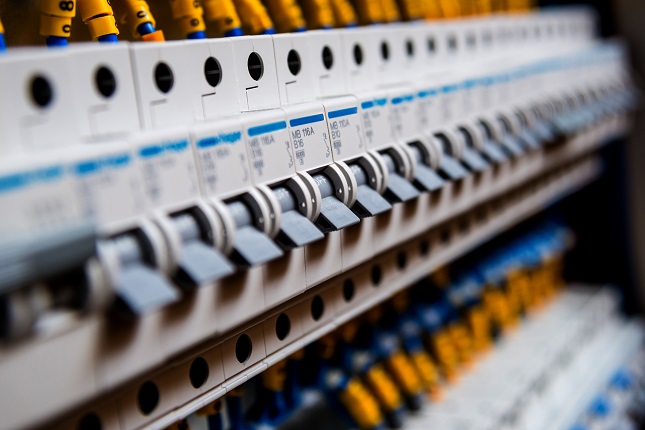SABIC DEBUTS HIGHER PCR CONTENT LNP™ ELCRIN™ COPOLYMER RESIN WITH ENHANCED PERFORMANCE

SABIC, a global leader in the chemical industry, today launched a new portfolio of 10 LNP™ ELCRIN™ copolymer resins that can reduce carbon footprint while delivering desirable performance properties and aesthetics. Adopting these polycarbonate (PC)-based copolymer materials, which contain up to 75 percent certified post-consumer recycled (PCR) content, can help customers advance their sustainability initiatives without sacrificing key attributes. Compared to competitive impact-modified PC resins containing PCR content, which can have performance limitations, the new LNP copolymer resins deliver high performance across the board. Depending on the grade, they may provide low-temperature ductility, chemical and weathering resistance, good flow for easy processing, transparency, a broad color space, UV stability and thin-wall flame retardance (FR) meeting the UL94 V-0 rating at 0.6mm.
“Specialty thermoplastics formulated with mechanically recycled content are an important part of SABIC’s net-zero strategy,” said Joshua Chiaw, Director, Business Management, LNP & NORYL, Specialties, SABIC. “Our new LNP copolymer resins offer customers across multiple industries fresh opportunities to significantly increase the amount of PCR content in their applications. This is the latest example of how SABIC leads in sustainable solutions that can help our customers meet growing demands for circularity from regulators, OEMs and the public.”
Upgraded Copolymer Resins Containing PCR Content
The new LNP copolymer resins represent a significant upgrade to SABIC’s existing portfolio of materials that were previously made with PCR content. They contain higher percentages of PCR content (50 to 75 percent) than previous products, and this content is certified by SCS Global Services. Also, they offer enhanced properties such as a wider color range for opaque materials, several transparent options and more FR choices. All FR grades in the new portfolio have received UL Solutions Yellow Cards.
One of the newly upgraded materials includes LNP ELCRIN EXL9253RCC copolymer resin, which contains 50 percent PCR content to reduce carbon footprint, while delivering excellent mechanical performance. This opaque material provides robust low-temperature ductility down to -30°C, good chemical resistance and weatherability, thin-wall FR (UL94 V0 @ 1.0mm) and a wide color space.
The sustainable LNP copolymer resins can significantly reduce carbon emissions vs. virgin PC materials while serving as drop-in replacements. For instance, LNP EXL1484RCC resin, a non-FR grade containing 75 percent PCR content, reduced global warming potential (GWP) by 53 percent compared to SABIC’s virgin PC resin, while providing comparable flow and mechanical properties. Another new grade, flame-retardant LNP EXL7284RCC resin, also containing 75 percent PCR content, lowered GWP by 55 percent compared to virgin PC. Both GWP results are based on internal life cycle assessments.
In addition, the new LNP copolymer resin grades surpass competitive modified PC grades made with recycled content. While these competitors may contain similar percentages of PCR material, they can only deliver one or two of the enhanced properties offered by the SABIC grades.
Jenny Wang, Director, Formulation and Application, APAC, Specialties, SABIC, explained, “We overcame a dual challenge: incorporating high percentages of recycled content into these new materials while maintaining excellent properties. Thanks to the expertise of our team and our highly efficient copolymer chemistry, our new upgraded LNP materials achieve both the high PCR content and high performance including flame retardant as well as mechanical strength that our customers expect.”
Potential for Use in Multiple Industries
SABIC’s upgraded LNP copolymer resins may be candidates for applications such as housings of consumer electronic devices and chargers, enclosures for 5G base station infrastructure and industrial components such as circuit breakers. In automotive, they have the potential to be used for exterior grilles, pillars and trim.






 Email: info@cyber-gear.com
Email: info@cyber-gear.com